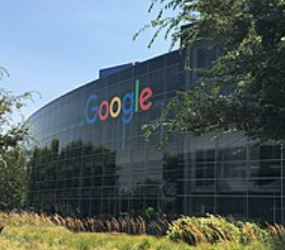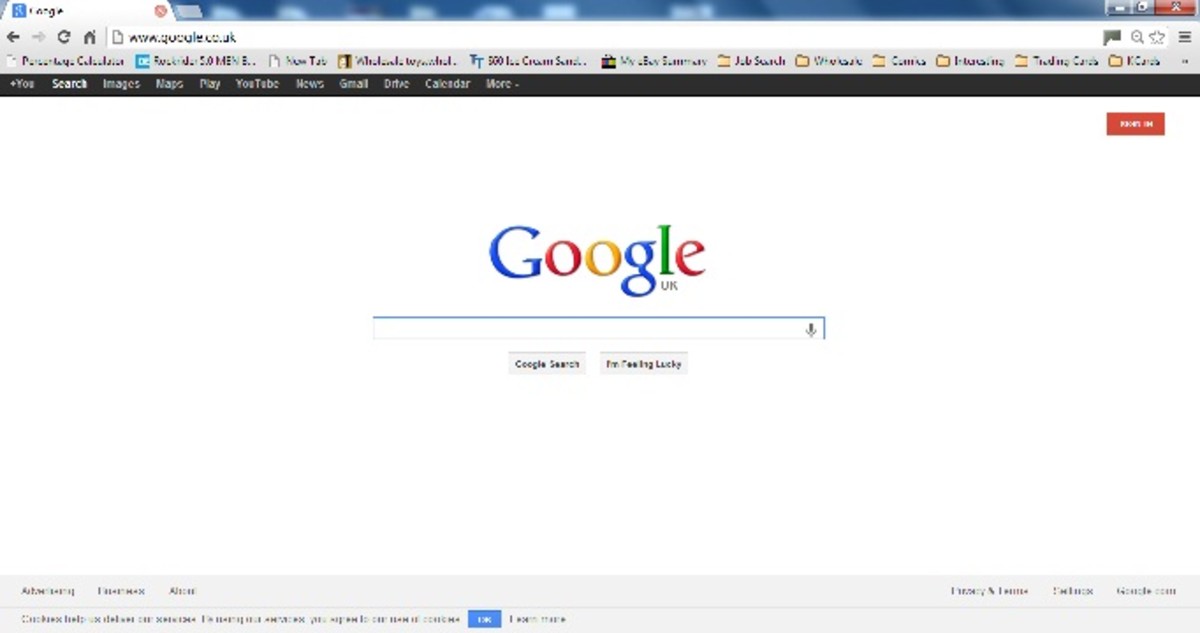Proof the World is Changing Rapidly: Part 1

A New Kid on the Block
In light of the world's use of the internet today (April 2019), it's hard to wrap one's head around the fact that the Google PageRank software that facilitated rapid internet searches first came into service just 20 years ago.
Birth of a Future Internet Giant
Google itself was first incorporated on September 4, 1998 by Larry Page and Sergey Brin, as a product of their PhD efforts at Stanford. Within a year, they were considering selling the company to other tech titans, but found no acceptable suitors. Before another year had passed, the duo were selling key-word advertising on Google, and the company's servers were beginning to process about 10,000 searches each day. The latest tech industry statistics suggest that there may now be close to 6 billion Google searches every single day. In other words, on-line searches via Google have likely grown by a multiple of more than 600,000 in roughly 19+ years. Today, the company is considered to have captured over 92% of all global on-line searches. It's therefore no wonder that 'google' has become a verb in many languages.
How Google Does It
(Perhaps) needless to say, the algorithm required to return you several hundred thousand responses to your Google search query in just seconds is quite complicated. Furthermore, that algorithm goes through evolutionary refinements hundreds of times each year, to insure the most seamless, trouble-free and rapid response to all of us searchers.
Internet Infrastructure
Stoking Google's responses to those daily 6 billion searches are more than 20 'server farms' situated strategically around the planet. Containing the many required file servers, search engines, storage devices, network switches, routers, and scheduling software are structures that grow to the size of several football fields, requiring vast amounts of power and cooling. While it is difficult to nail down exactly when the very first internet server farm was established, all literature related to server farms appears to go no farther back than 2009.
The World Goes Online
At the time of Google's founding, only about 150 million world citizens (or roughly 3.5% of total global population) were making use of the internet, which premiered in 1990. Estimates currently place internet use at more than 4.3 billion population (over 56% of the world's total). As internet access continues to spread throughout formerly less-connected nations — such as those of India, Indonesia, much of Africa, and parts of Asia and Central America — the total global connected population will continue to grow. And, since even in well-connected countries we all seem to find it convenient and useful to go on-line more often and for longer, the number of on-line searches (and the demand for ever more server farms) are more than likely to continue rapid growth.
In less than a single generation, the ways in which we all access and use information have been completely reshaped.
Other Online Behemoths
If you are at all interested on the bricks-and-mortar effect on our cities, you can also read about the impact of two other online behemoths on the city of Seattle in the September 3, 2018 issue of Bloomberg Businessweek: "Company Town".








